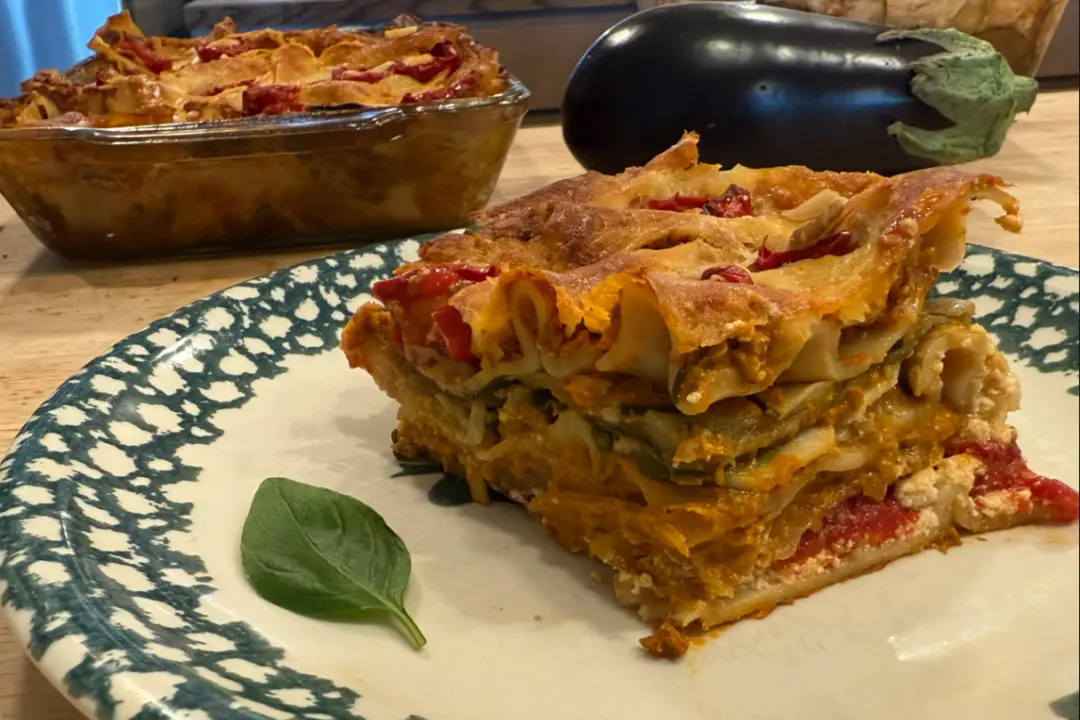When August hits, I make a point to enjoy summer like it’s going out of season. Some of my favorite ways of doing so involve tomatoes, and I treat it like my job to eat a year’s worth of the ripest, juiciest, most delicious tomatoes I can get my face on.
I also make time to stash away those glorious fruits for year-round enjoyment, in the form of a simple oven-roasted tomato sauce. At the end of every summer, I freeze this universal ingredient—shooting for quantities that will stretch through the winter.





